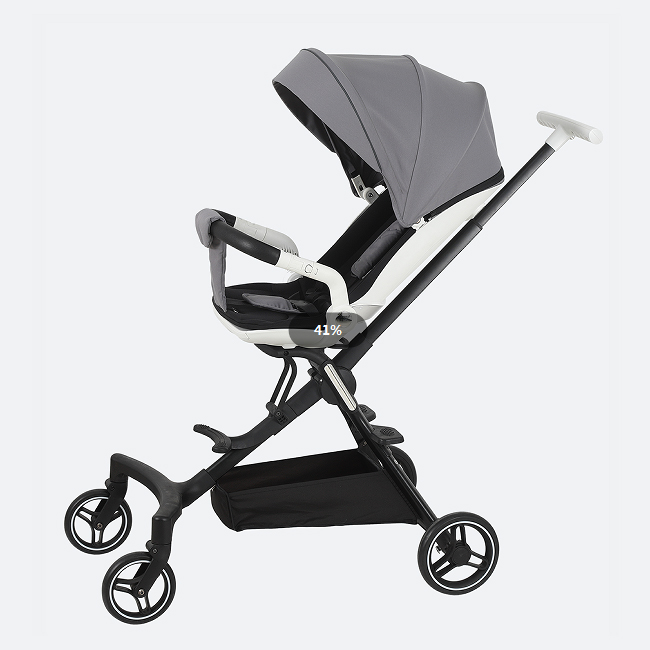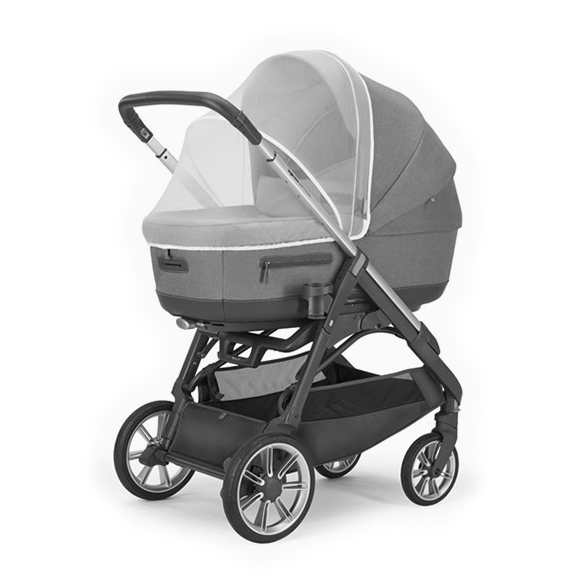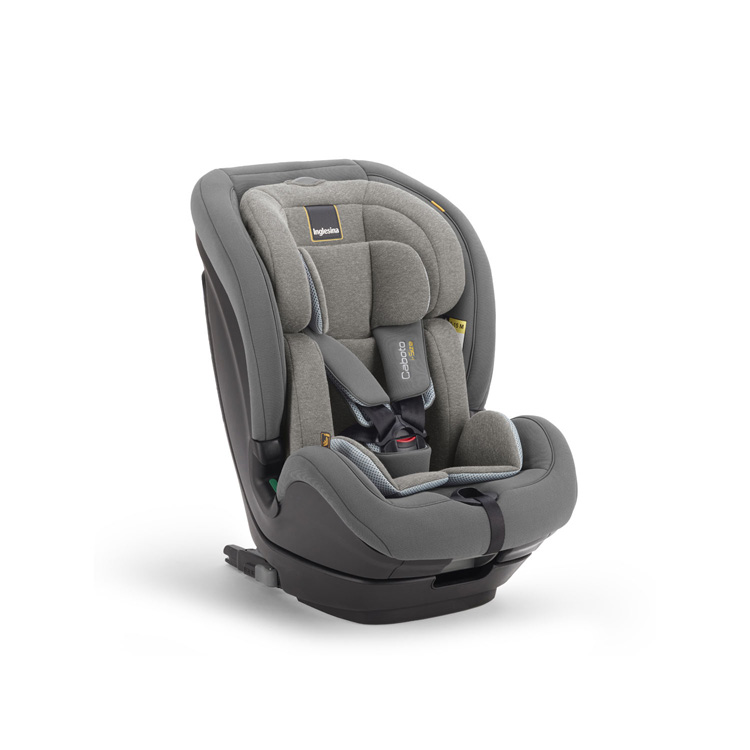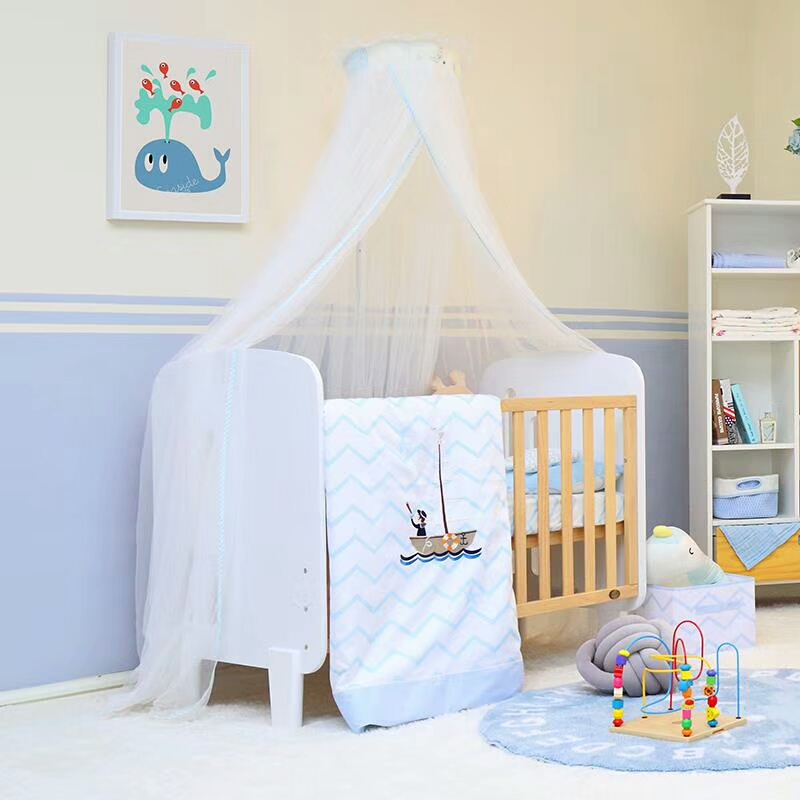Sweet Dreams for Sensitive Skin: A Guide to Hypoallergenic & Organic Bedding for Your Child
As parents, we want nothing but the best for our children, especially when they have delicate, sensitive skin. Nighttime should be a time for your little one to recharge and sleep sweetly, but the wrong bedding can lead to itching, rashes, or allergies, turning a peaceful night into a struggle.
If you're searching for the safest and most comfortable bedding for a child with sensitive skin, this guide will provide a clear and practical checklist to help you confidently create a pure and worry-free sleep oasis for your little angel.

Step 1: Decoding the Labels – What are the Key Terms?
Before you start shopping, it's crucial to understand two most important concepts:
Hypoallergenic: This does not mean "completely allergy-proof." It means the product is highly unlikely to cause allergic reactions. It typically indicates that the materials resist dust mites, mold, and other common allergens.
Organic: This refers to how the materials are grown and processed. For example, organic cotton is cultivated without synthetic pesticides, insecticides, or fertilizers and is processed without harmful chemicals like bleach or heavy metals.
For children with sensitive skin, the goal is to find products that meet both criteria: made from inherently low-irritant materials and produced in a pure, organic way.
Step 2: Material is King – Which Fabrics are Best?
The material is the most important factor determining comfort and safety. Here are the top choices:
Organic Cotton: The undisputed number one choice. It's soft, breathable, and natural. Certified organic cotton ensures no harmful chemical residues are left behind, drastically reducing the risk of skin irritation. Look for long-staple or Pima cotton, as their longer fibers create a softer, smoother, and more durable fabric that is less likely to pill.
TENCEL™ Lyocell: A regener fiber made from sustainable wood sources (like eucalyptus trees). It is incredibly smooth, soft, highly breathable, and has exceptional moisture-wicking properties (even better than cotton). This keeps the skin dry, inhibiting bacteria and dust mites, making it a superstar hypoallergenic material.
Linen: Naturally breathable, antibacterial, and incredibly durable. While it might feel slightly rough initially, high-quality linen softens beautifully with washing. Its natural texture is naturally hypoallergenic and excellent for kids who sweat easily or have skin sensitivities.
Avoid: Steer clear of synthetic fabrics like polyester and nylon. They are less breathable, can trap moisture and heat, and often contain chemical residues from manufacturing that may irritate the skin.
Step 3: Certifications are Your Proof – How to Verify Authenticity?
Don't just trust the words "organic" or "hypoallergenic" on the packaging. Look for these trustworthy third-party certifications:
GOTS (Global Organic Textile Standard): This is the gold standard for organic textiles. It requires that the entire supply chain—from harvesting, to processing, to packaging—meets strict organic and environmental criteria, with social responsibility measures in place. If you see this label, you can be confident in the product.
OEKO-TEX Standard 100: This certification is not about the raw material being organic. Instead, it focuses on testing the final product for harmful substances (like heavy metals, formaldehyde, and allergenic dyes). Their "Product Class I" certification is the strictest, designed specifically for babies and infants.
GREENGUARD Gold: Certifies that a product has been tested for low volatile organic compound (VOC) emissions, contributing to healthier indoor air quality. This is especially important for children with asthma or chemical sensitivities.
The ideal product will carry both GOTS (organic) and OEKO-TEX Standard 100 (non-toxic) certifications.
Step 4: The Devil's in the Details – Don't Overlook These Aspects
Weave: Look for a high thread count and a tight weave (e.g., percale or sateen). A higher thread count means finer, softer threads, while a tight weave creates a barrier against dust mites.
Dyes: Ensure the products use non-toxic, eco-friendly dyes. This is often covered by the certifications mentioned above. Opting for light colors or natural unbleached white is often safer, as darker dyes require more chemical fixatives.
Design: Keep it simple. Avoid excessive ruffles, embroidery, or decorations that could rub against your child's skin or harbor chemicals. Look for tagless labels or outward-printed care instructions to prevent itching.
Practical Shopping Tips
Start with One Item: If you're unsure how your child will react to a new material, start with one fitted sheet or pillowcase to test it out.
Wash Before Use: Even organic bedding should be washed before the first use with a gentle, fragrance-free detergent made for babies.
Consider the Whole Environment: Remember, bedding is just one part of the puzzle. Consider using an organic mattress protector and hypoallergenic pillows or duvets to create a complete hypoallergenic sleep sanctuary.
Conclusion:
Choosing the right bedding for a child with sensitive skin is an investment of love. It's an investment not only in a good night's sleep but also in their health and comfort. While hypoallergenic and organic products might come with a higher price tag, the peace of mind that comes from creating a reliable barrier between your child's delicate skin and potential irritants is truly priceless.
We hope this guide helps you make informed choices. May every sensitive sleeper find restful, soothing dreams on bedding that's as soft and pure as a cloud.






